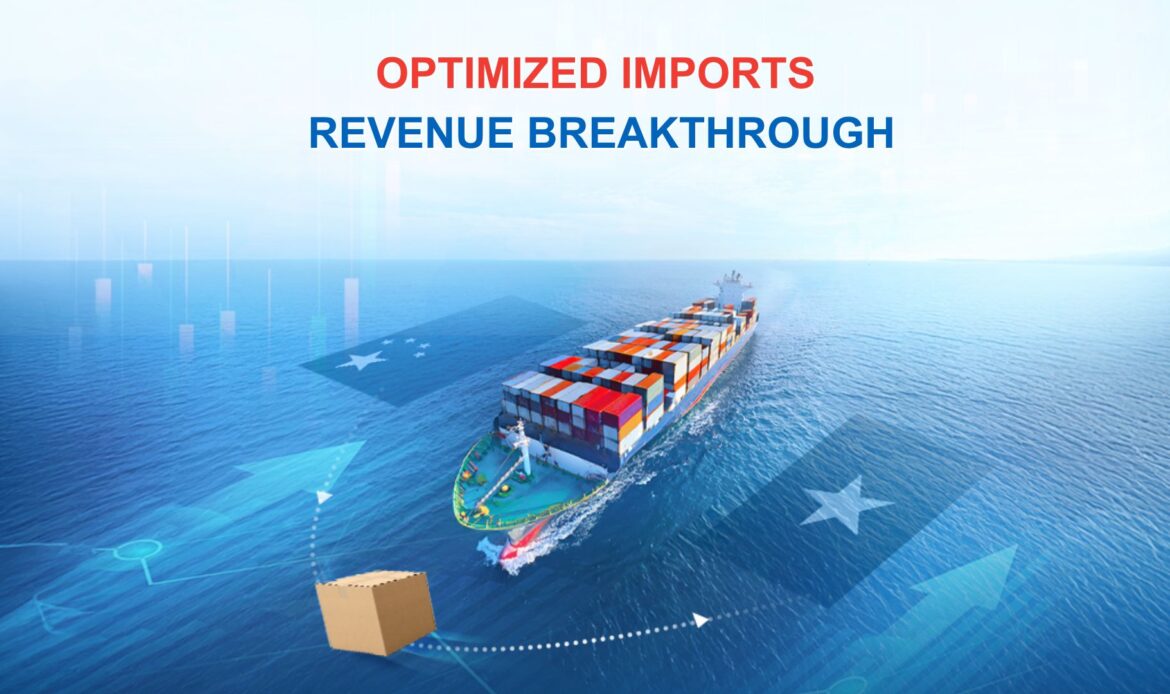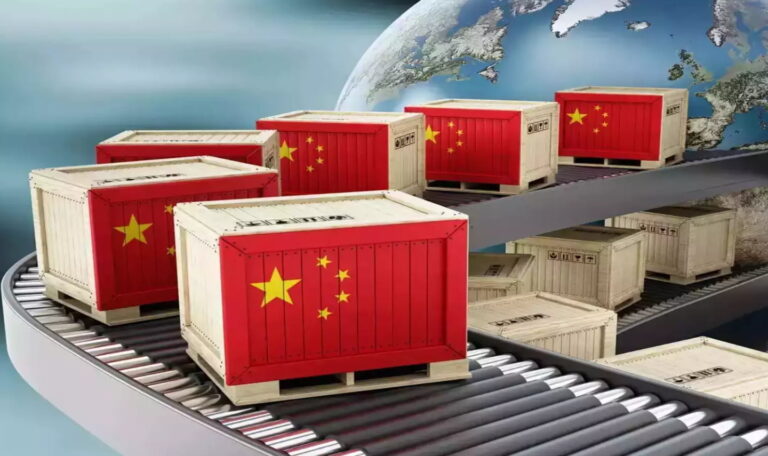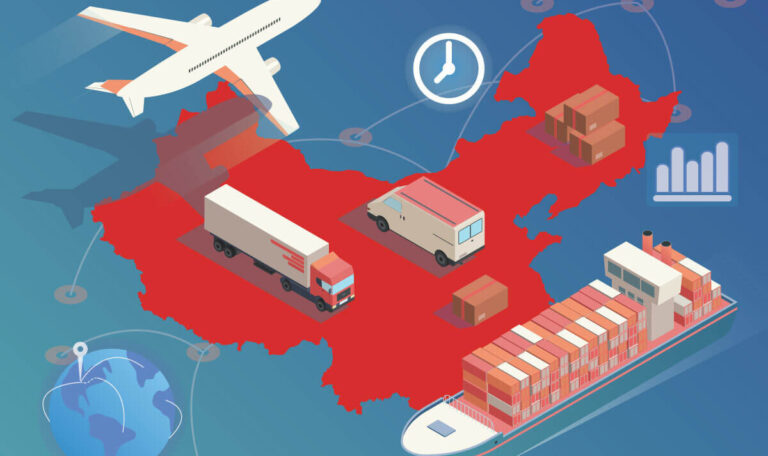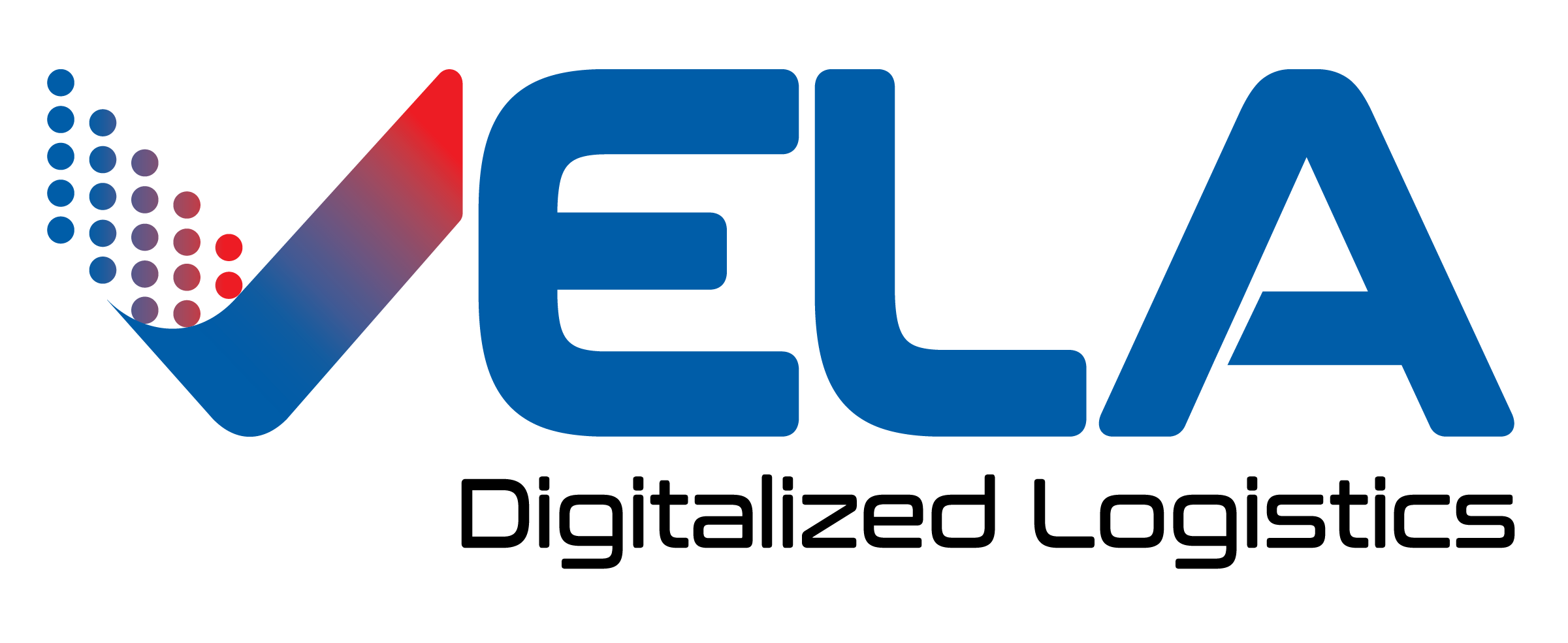Importing goods from China safely and efficiently

Importing goods from China to Vietnam has become increasingly common due to the variety of products and competitive pricing. However, the import process is complex, requiring businesses to master every step to avoid legal risks, delays, or substandard goods.
China is Vietnam’s major import market
According to data from the General Department of Customs, as of the end of November 2024, Vietnam’s total import turnover reached $345.62 billion. China accounted for $130.51 billion, making it Vietnam’s largest supplier and surpassing the $111 billion recorded in 2023.
As Vietnam’s leading import market, China provides an abundant supply of goods and opens up significant business opportunities for enterprises. Staying updated on market trends, trade policies, and import goods from China procedures is critical for businesses to reduce costs, operate effectively, and maintain their competitive edge.
Major imported products from China
Importing goods from China offers businesses access to a diverse range of reasonably priced products, ensuring a stable supply for production and business operations. Key imported items from China include:
- Computers, electronic products, and components.
- Raw materials for the textile and footwear industries.
- Phones and phone components.
- Steel products.
- Fertilizers.
- Automobile parts and components.
- Petroleum products.

The process of importing goods from China
To ensure the efficient and timely importing goods from China to Vietnam, while complying with the legal regulations of both countries, businesses should follow these steps:
Step 1: Find a supplier
Before proceeding with importation, businesses need to research suppliers in China based on two key factors: the supplier’s credibility and production capacity.
- Business information: verify the company name, address, phone number, email, and representative details.
- Production capacity: assess the supplier’s scale, production capability, and quality certifications.
Step 2: Negotiate and sign contracts
Once a suitable supplier is identified, businesses negotiate the terms of the trade contract, including:
- Pricing and payment terms: agree on the order value and payment terms (advance payment, deferred payment, or via letter of credit).
- Delivery terms: specify the transportation method (sea, air, or road), delivery timeline, and location.
- Product quality and standards: ensure the products meet Vietnam’s legal quality standards.
Step 3: Prepare documentation
Businesses must prepare the following documents for smooth customs clearance:
- Sales contract: clearly states the agreed terms between the parties.
- Commercial invoice: details the value, quantity, and description of the goods.
- Packing list: provides specific details on packaging, number of packages, and weight.
- Bill of lading: confirms the shipment and delivery of goods.
- Certificate of origin (C/O) (if available): for preferential tariff rates under trade agreements.
- Import license: required for controlled goods as per the regulations.
Step 4: Customs declaration and tax payment
Businesses can declare customs using the VNACCS/VCIS system. At this stage, all relevant information about the shipment, including classification codes, customs declarant details, transportation method, and shipping documents, must be entered accurately.
After the online declaration, the goods will be assigned a clearance channel, and customs authorities may request additional documents. Businesses should be well-prepared for this. Finally, taxes, including import duty, value-added tax (VAT), and other applicable charges, must be paid as per regulations.
Step 5: Receive goods and transport to warehouses
After completing the above steps, the goods will be cleared, and businesses can transport them to their warehouses or distribution centers. This step includes:
- Receiving arrival notices: notifications from shipping lines or carriers about the goods’ arrival at the port.
- Collecting delivery orders: liaising with the shipping line or carrier to collect delivery orders, including introduction letters, bills of lading, and arrival notices.
- Returning empty containers: for containerized shipments, empty containers must be returned to the port after unloading.
- Transporting to warehouses: arranging suitable vehicles (trucks or containers) to transport the goods to warehouses or distribution points.

Importing goods from China requires deep knowledge of customs procedures, transportation methods, and related documentation management. Instead of spending time, resources, and costs managing these complex tasks, let VELA be your trusted partner, helping you optimize the import process efficiently and comprehensively.
- Integrated solutions: from customs clearance to transportation, every step is handled swiftly and professionally, minimizing risks and financial burdens.
- Flexible transportation: whether small-scale shipments or large quantities, VELA offers tailored transport solutions to ensure fast and safe delivery.
- Smart technology: track and monitor shipment progress transparently on a digital logistics platform for better control of the transportation process.
- Guaranteed efficiency: superior service quality, on-time delivery, and maximum satisfaction for businesses.
While importing goods from China offers significant business opportunities, it also comes with challenges related to customs procedures and choosing the right transportation method. To optimize costs and ensure a stable supply chain, businesses need to master the process, from finding suppliers and negotiating contracts to preparing documentation, and declaring customs, and transportation.
